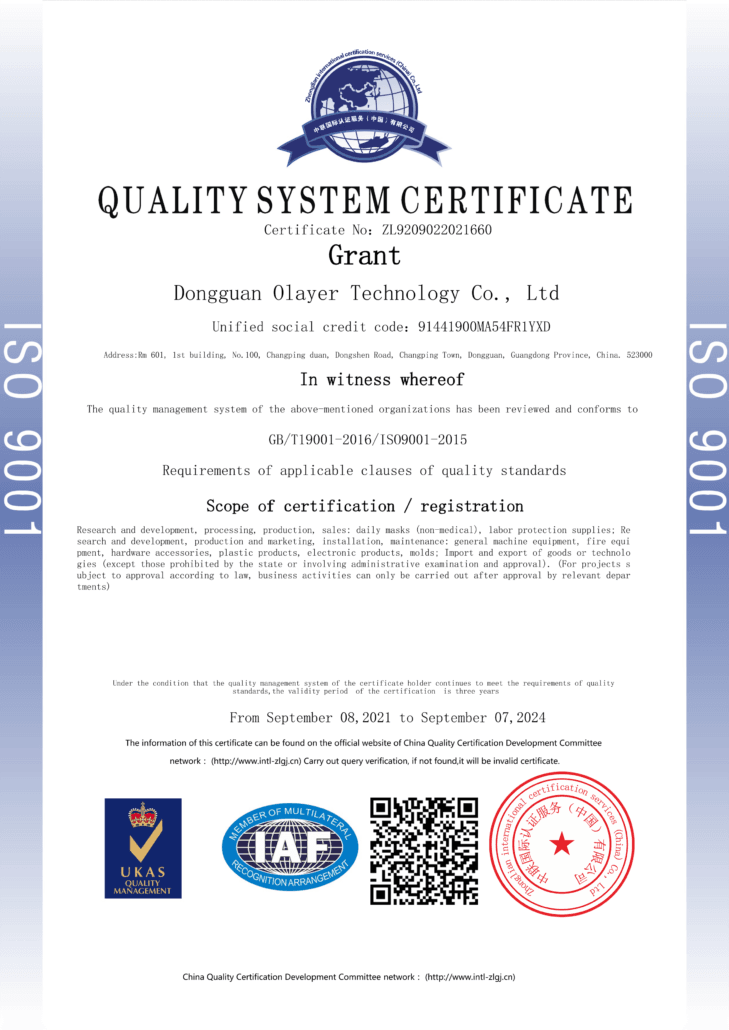Injection molding is a manufacturing process that involves injecting molten plastic or other materials into a mold to create a specific shape or product. Injection molding is a commonly used method for producing a wide range of plastic products, from simple components like bottle caps and toys to more complex products like automotive parts and electronic devices.
One important aspect of injection molding is the use of sliders and lifters. Both of these components play a crucial role in the injection molding process, but they have different functions and are used in different ways.
A mold slider is a movable component that is used to create a gap or “cavity” in the mold. This cavity is where the molten material is injected and allowed to cool and solidify, forming the final product. Sliders are typically used in molds that have multiple cavities, or in molds that require the creation of undercuts or other complex geometries.
Mold sliders are typically mounted on a molding plate, which is a flat surface that is attached to the mold. The slider is connected to the molding plate by a hinge, which allows it to move back and forth. When the mold is closed, the slider is pushed against the mold surface, creating the cavity. As the molten material is injected, the slider moves back, allowing the material to fill the cavity and solidify.
A Mold lifter, on the other hand, is a stationary component that is used to lift or move a portion of the mold. Lifters are typically used in molds that have complex geometry or multiple parts that need to be separated or ejected from the mold.
Injection mold lifters are typically mounted on a molding plate and are used to lift or move a portion of the mold. This can be done by either mechanical or hydraulic means, depending on the size and complexity of the mold. Lifters are typically used to separate or eject the final product from the mold, or to move a portion of the mold in order to access the final product.
There are several differences between injection mold sliders and lifters that are important to consider when designing an injection mold. The first difference is their function. Sliders are used to create a cavity in the mold, while lifters are used to lift or move a portion of the mold (normally used in the core side).
The second difference is their location. Sliders are typically mounted on a molding plate and are used to create a cavity in the mold, while lifters are typically mounted on the mold itself and are used to lift or move a portion of the mold.
The third difference is their movement. Sliders are movable components that are connected to the molding plate by a hinge, allowing them to move back and forth. Lifters are stationary components that are used to lift or move a portion of the mold.
Overall, injection mold sliders and lifters are important components in the injection molding process, but they have different functions and are used in different ways. Sliders are used to create a cavity in the mold, while lifters are used to lift or move a portion of the mold. Understanding the differences between these two components is crucial for designing an effective and efficient injection mold.


